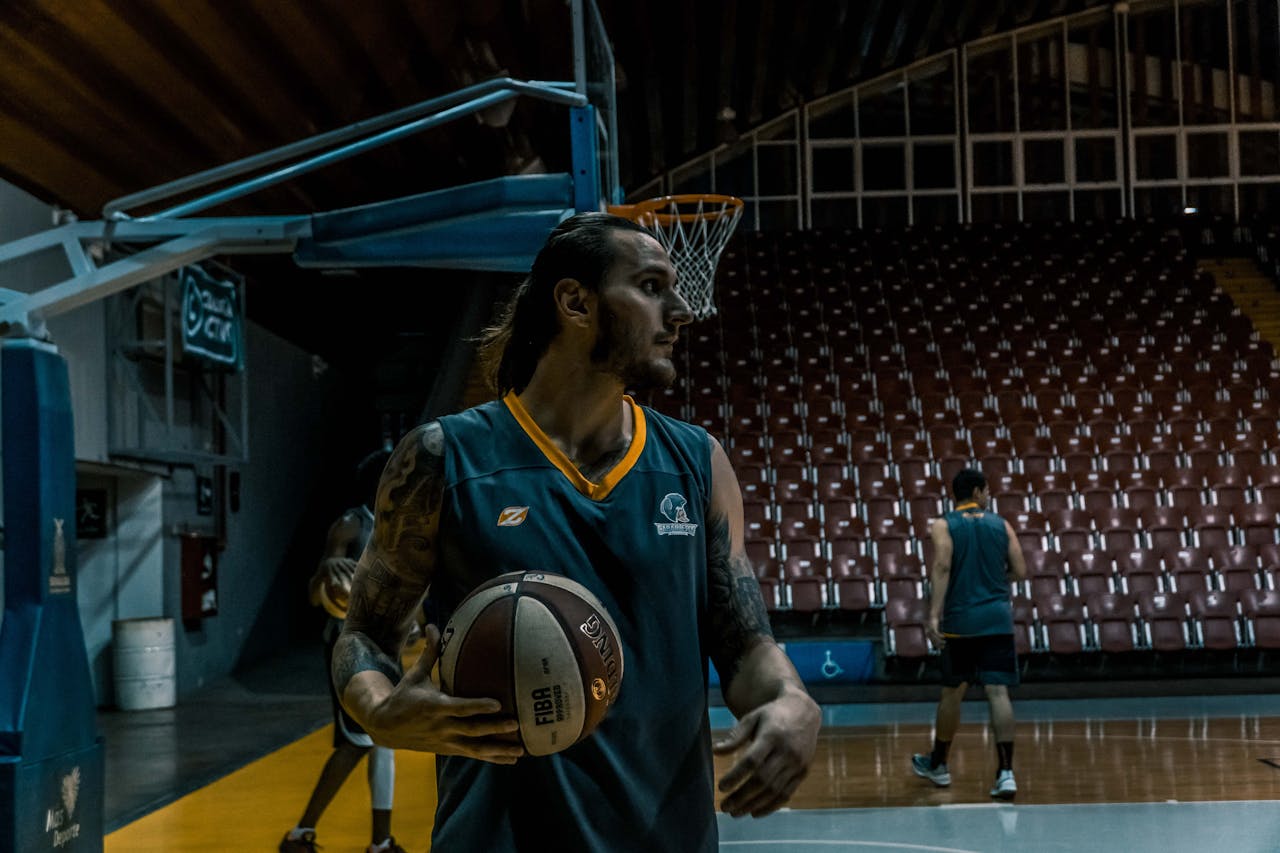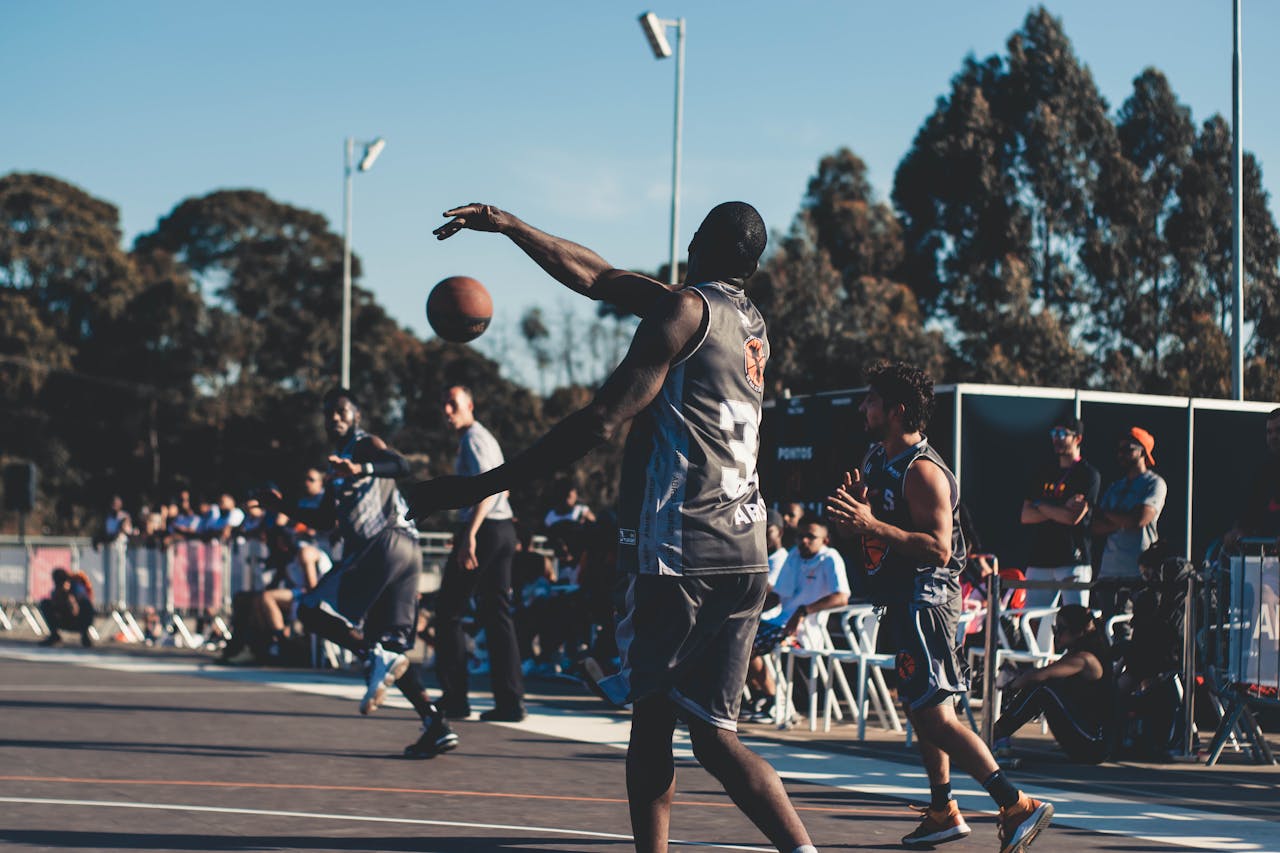Halftime in sports serves as a pivotal pause, offering players and coaches the opportunity to regroup, recalibrate, and prepare for the second half. In NCAA basketball, halftime is not only a strategic break but also a chance for fans to enjoy on-court entertainment or grab a quick snack. If you’re new to college basketball or a long-time fan curious about the specifics of halftime, this detailed exploration will provide you with everything you need to know about its length, purpose, and impact.
The Official Duration of Halftime in NCAA Basketball
The NCAA (National Collegiate Athletic Association) regulates the rules for college basketball, including the duration of halftime. Officially, halftime in NCAA basketball is 15 minutes long. This standard applies to both men’s and women’s college basketball games. Compared to professional basketball (where halftime in the NBA is 15 minutes) or other sports like soccer (where halftime is typically 15 minutes as well), NCAA basketball aligns with these widely accepted norms.
The Purpose of Halftime in NCAA Basketball
Halftime serves several key purposes in NCAA basketball, benefiting players, coaches, and fans alike:
1. Player Recovery
Basketball is a physically demanding sport that requires players to sprint, jump, and engage in intense physical contact. The first half of a college basketball game can leave players fatigued, and halftime provides a much-needed break.
During these 15 minutes, players hydrate, stretch, and rest their muscles to prepare for the second half.
2. Strategic Adjustments
Coaches use halftime to analyze the first-half performance and develop strategies for the remainder of the game. Whether it’s adjusting defensive schemes, refining offensive plays, or motivating the team to overcome a deficit, halftime is a critical window for recalibration.
Coaches often review game footage, discuss key takeaways, and communicate individual responsibilities to ensure their team is ready to execute a winning game plan.
3. Fan Engagement
For fans, halftime is a time to relax, discuss the game, or enjoy on-court entertainment. College basketball halftimes often feature performances by marching bands, cheerleaders, or dance teams, creating a lively atmosphere.
Fans may also use this time to grab food and beverages or visit restrooms without missing any game action.
4. Broadcasting Needs
From a broadcasting perspective, halftime is an essential window for advertisements, analysis, and commentary. Sports networks use this break to recap the first half, highlight standout players, and predict what to expect in the second half. This segment keeps the audience engaged while maximizing revenue opportunities for advertisers.
Also Read: How Many Quarters Are In A Basketball
A Comparison: NCAA Halftime vs. Other Basketball Leagues

To better understand the significance of the 15-minute halftime in NCAA basketball, let’s compare it to halftime in other basketball leagues:
NBA (National Basketball Association)
- Halftime Duration: 15 minutes
- Differences: While the duration is the same, the NBA often includes more elaborate halftime shows, such as celebrity performances or contests, to entertain the audience. The NBA’s global popularity and commercial opportunities also mean a heavier focus on sponsorship and advertisements during halftime.
WNBA (Women’s National Basketball Association)
- Halftime Duration: 15 minutes
- Differences: Similar to the NCAA, halftime in the WNBA is used for player recovery and strategic discussions. However, the WNBA’s smaller-scale entertainment options during halftime reflect its developing market compared to the NCAA’s well-established traditions.
FIBA (International Basketball Federation)
- Halftime Duration: 15 minutes
- Differences: FIBA games, often played under international rules, mirror the NCAA’s halftime length but lack the vibrant college culture that accompanies NCAA basketball games, such as marching bands and student performances.
High School Basketball
- Halftime Duration: 10 minutes
- Differences: High school basketball games have a shorter halftime to accommodate the less physically demanding pace and shorter game duration.
Also Read: How Many Sets Are Played in a Volleyball Game?
What Happens During Halftime in NCAA Basketball?

Halftime in NCAA basketball is a flurry of activity, both on and off the court. Here’s a closer look at what happens during this 15-minute interval:
1. Players and Coaches
- Locker Room Discussions: Players retreat to their locker rooms with their coaches to review the first-half performance. Coaches typically emphasize adjustments, provide motivational speeches, and outline strategies for the second half.
- Rest and Recovery: Players rehydrate, refuel with snacks, and undergo any necessary medical attention, such as treating minor injuries or muscle cramps.
2. Entertainment
- Marching Bands: Many college basketball halftimes feature performances by the school’s marching band, a tradition that adds a unique element of school spirit.
- Cheerleaders and Dance Teams: Cheerleaders and dance teams often take the stage during halftime, energizing the crowd with choreographed routines.
- Contests and Promotions: Some games include fan-participation contests, such as half-court shooting challenges or trivia games, which keep the audience engaged.
3. Media Coverage
- Analysis and Highlights: Sports commentators discuss key plays and individual performances from the first half.
- Advertisements: A significant portion of halftime is allocated to commercials, generating revenue for networks and sponsors.
Also Read: Cool Xbox Gamertag Ideas for Every Type of Gamer
The Impact of Halftime on Game Outcomes
Halftime is more than just a break; it can be a game-changer. Teams trailing in the first half often emerge with renewed energy and focus, while leading teams might struggle to maintain momentum. Here are some examples of how halftime influences games:
1. Comebacks
History is replete with examples of NCAA teams using halftime adjustments to stage remarkable comebacks. By addressing weaknesses and capitalizing on the opponent’s vulnerabilities, coaches can turn the tide of a game.
2. Momentum Shifts
Halftime can disrupt a team’s rhythm. A dominant team in the first half might lose its edge if it fails to maintain intensity after the break. Conversely, a team struggling early might find its footing and gain confidence during halftime.
3. Individual Performances
Halftime gives players an opportunity to reset mentally. Star players who underperform in the first half often return with renewed focus and deliver standout performances in the second half.
Also Read: NBA 2K15 Euroleague Basketball Teams: The Full List
Cultural Significance of Halftime in College Basketball

Halftime in NCAA basketball is more than just a break; it’s a cherished tradition. College basketball, deeply rooted in American culture, thrives on the passion and loyalty of its fans. Halftime performances, fan interactions, and the overall atmosphere reflect the spirit of college sports and create memorable experiences for everyone involved.
Frequently Asked Questions About NCAA Basketball Halftime
While the official duration is 15 minutes, certain circumstances, such as extended entertainment programs during championship games or technical delays, might slightly prolong halftime.
Yes, halftime is 15 minutes long for both men’s and women’s NCAA basketball games.
Coaches analyze first-half performance data and implement strategic changes while players rest, recover, and mentally prepare for the second half.
If a team delays the start of the second half by not returning to the court on time, they may face penalties, such as losing possession of the ball.
Conclusion
Halftime in NCAA basketball is a critical 15-minute interval that impacts players, coaches, and fans in various ways. Beyond its practical purposes like recovery and strategy, halftime embodies the cultural essence of college basketball, offering entertainment and engagement to the crowd.
Whether you’re watching a high-stakes championship game or a regular-season matchup, understanding the significance of halftime adds another layer of appreciation for the sport.
So the next time you watch an NCAA basketball game, pay attention to the halftime break; it’s a brief but impactful period that can shape the game’s outcome and amplify the excitement for fans.

